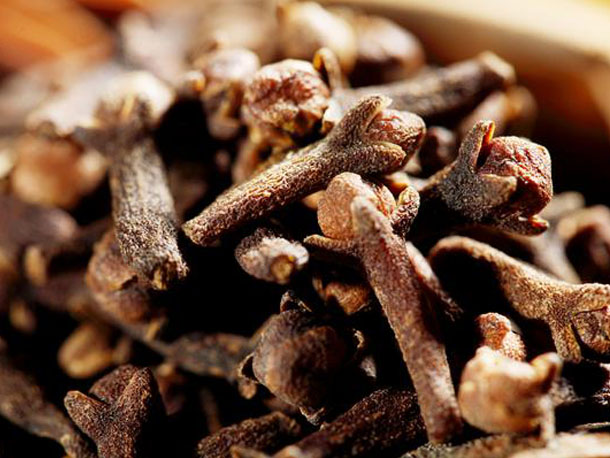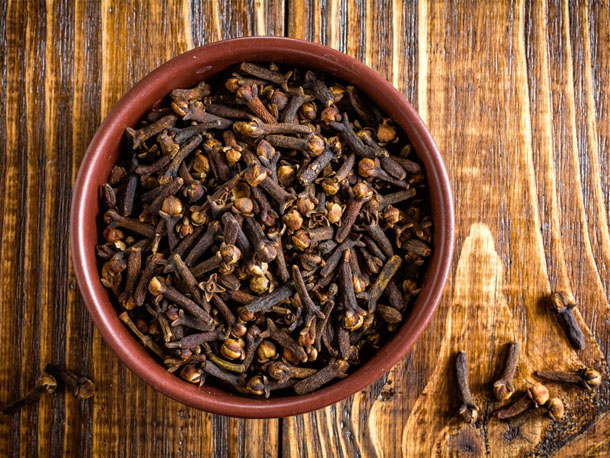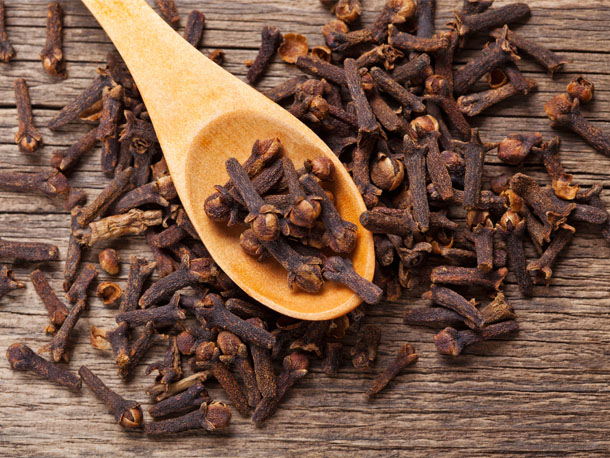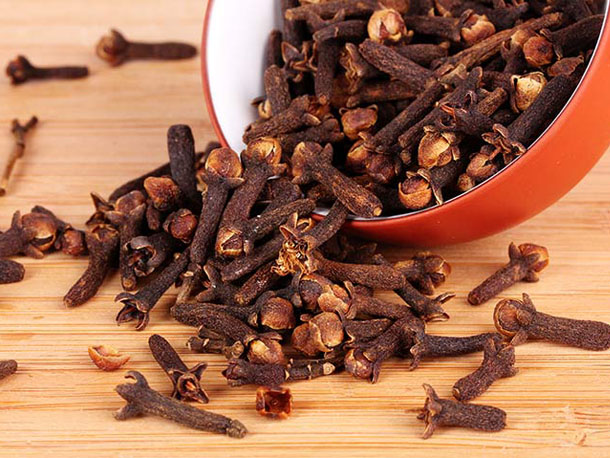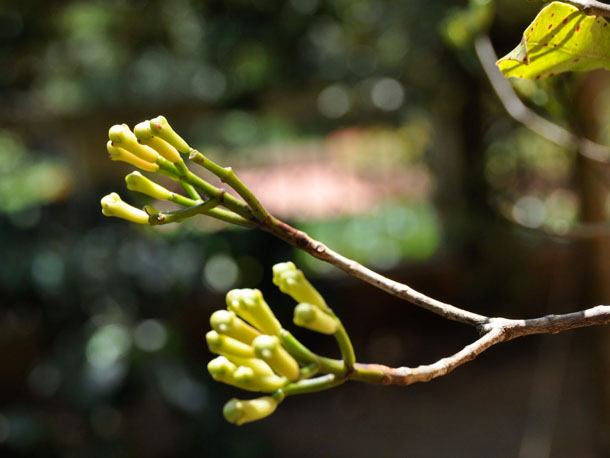Cloves traders still fearful of squeeze on availability
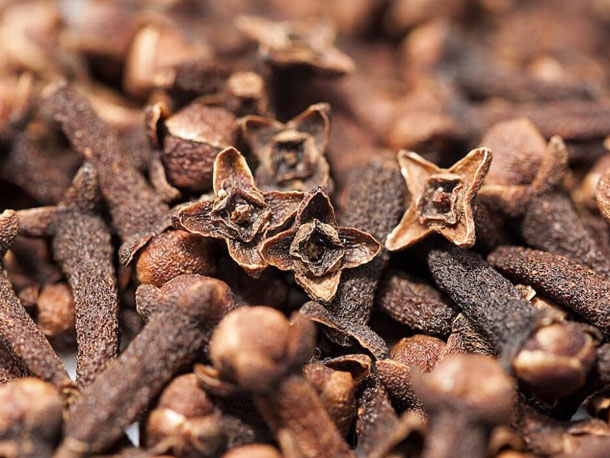
International cloves dealers are cautiously optimistic that Madagascar’s 2014 crop will be a good one, but there are no guarantees that this will ensure the global market then sees an alleviation of tight supplies.
Harvesting of Madagascar’s next crop is expected to start in October, or possibly late September.
In the meantime, world stocks are running extremely short. However, demand has been subdued of late as high prices deter coverage.
“In Madagascar there is nothing left either in the north or the south. We are waiting for the new crop to happen by October, or maybe a bit earlier – in some places the end of September.”
Nee revealed that Touton believes the crop will be good in terms of volume. “But generally speaking, the cloves will be lacking on the world cloves market, especially in Indonesia,” he added.
Nee felt that Madagascar might reach a crop of 10,000 tonnes and noted that the best crop will be in the Analangirofo area, which is in the northern part of the country.
Gregoire Courme of French trader Aromatum said it was too early to accurately predict the crop but he was expecting it to be in a range of 6,000-12,000 tonnes. “A lot of shippers at origin say it will be a good crop, but we will see when the crop arrives,” he said.
Courme pointed out that new crop material would not be ready for exporting until the second half of October.
Nee indicated Madagascar cloves at USD12,800 per tonne cif Singapore and at EUR9.50 (USD12.97) per kilo cif main European ports.
Brazil is very close to being sold out of material from its 2014 crop, which was harvested from December 2013- February (2014).
Brazil subdued
Juliano Camara of the Fortaleza office of Dutch broker Amberwood Trading said the Brazilian market had also been very quiet of late. Most of the 2014 crop volume had now been exported and remaining quantities in Brazil were of poor quality, he added. “There are still Brazilian cloves laying around in Dubai or Singapore, trying to be sold. Indications for these loads abroad are around USD11,000 (per tonne) ex-warehouse,” Camara explained.
Camara cited trade estimates of 7,000 tonnes for Brazil’s crop and felt that the country had probably already shipped 6,500 tonnes of this.
Harvesting of Indonesia’s latest crop is under way and trade estimates on this have varied from a low end figure of 50,000 tonnes up to 80,000 tonnes at the most positive end of the scale.
Nee noted that a figure of 50,000 tonnes would be about 50% of what the country has produced in the past. “If this happens we have a big risk to see the market move up,” he warned. However, at this stage he was inclined to suggest a possible volume of 60,000 tonnes from Indonesia. “But in the meantime, the market is already quite expensive and this is slowing down the demand,” Nee added.
Courme agreed that demand was weak and stressed that the estimates for Indonesia indicated that the crop would be of an average size rather than a poor one. “But it is an average crop with a low stock level in local traders so because of that, the market will be active in Indonesia and the market could be like it is with a low crop,” he said.
Moreover, one of the major kretek cigarette manufacturers in Indonesia has not purchased its requirements for some two years and local sources have predicted that this firm is likely to re-emerge this year.
In addition, earlier rains mean that harvesting of the crop will not get under way until this month, whereas normally it starts in May or June. Another factor to watch in the coming weeks is whether the El Niño weather phenomenon arises. Some experts have predicted that there is a 75% chance of an El Niño developing.
Quality issues
Nee observed that even Indian importers were becoming a bit nervous about the quality of cloves being received at this late stage in the season. “They have been buying quite a lot in the last two months and now that the shipments are on the water or arriving they are making issues. That’s not a good sign,” he added.
Courme said the strategy of Indian importers was an element behind the current slack state of demand. Indian firms had purchased a lot of cloves in April and May and were now defaulting, he explained. Having paid below the going market rate earlier they were now pushing for discounts on goods arrived on the basis that quality was below what they had been expecting.
Comoros is starting its new crop and once arrivals from this are under way there should be some improvement in global availability, even if only for the short term. However, Comoros cloves prices are also holding firm.
Nee suggested that it was possible that the gap between supply and demand was already factored into current prices, even if only partially. Buyers were understandably hesitant about investing in cloves because of the massive amounts of money this now involved, he noted.

